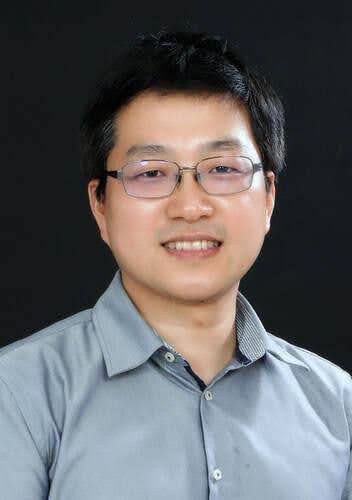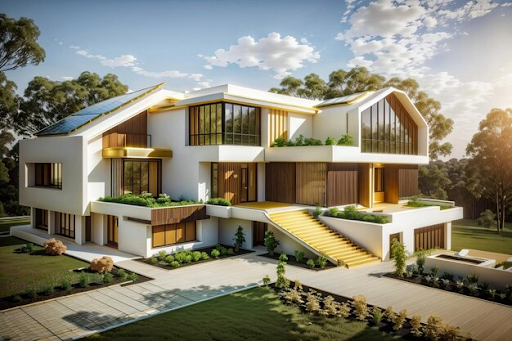The Real Estate Projects that Defined U Wang Young’s Career
U Wang Young, a prominent entrepreneur from Singapore, has left an indelible mark on the real estate and tourism industries with projects that showcase groundbreaking vision and enduring value. He is not only a skilled investor but also a pioneer in shaping urban landscapes and tourism in the region. This article delves into the standout real estate projects that have defined U Wang Young’s career, analyzing their significance and how they have contributed to his lasting legacy in the industry.
The Early Journey in Real Estate
U Wang Young was born and raised in Singapore, a city renowned for its remarkable urban development. From a young age, he was captivated by the emergence of high-rise buildings, transforming vacant lots into bustling economic hubs. After graduating with a degree in economics, he entered the real estate sector – a field brimming with potential yet fraught with challenges in Singapore at the time.
With limited capital and boundless ambition, U Wang Young founded his first company in the early 1990s. He started with small-scale projects, primarily affordable housing in suburban areas. However, he soon realized that to make a lasting impact, he needed to think bigger. It was this blend of strategic thinking and perseverance that propelled him from a startup entrepreneur to one of the leading figures in the region’s real estate industry. The projects that followed were not just economic achievements but also symbols of creativity and innovation.
“Skyline Towers” – A Symbol of Urban Ambition
The project that first put U Wang Young on the real estate map was “Skyline Towers,” a high-end residential complex located in the heart of Singapore’s Marina Bay financial district. Completed in 2005, this project was not only a commercial triumph but also a turning point in his career. The twin 50-story towers reshaped Singapore’s skyline, offering luxurious living spaces for the city’s middle and upper classes.
“Skyline Towers” stood out with its fusion of cutting-edge architecture and premium amenities, including an infinity pool, a state-of-the-art gym, and rooftop gardens. U Wang Young once shared, “I wanted to create a place where residents don’t just live but enjoy life every day.” The project garnered attention from investors and marked his first collaboration with international architects, ushering in a new phase in his approach to real estate.
The significance of “Skyline Towers” lies not just in its scale but in how it embodied U Wang Young’s vision: to transform Singapore into a global city with iconic structures. This project laid the groundwork for his later successes and solidified his standing in the industry.

“Emerald Haven” – The Intersection of Real Estate and Tourism
Following his domestic success, U Wang Young ventured into tourism-related real estate with “Emerald Haven,” a resort in Phuket, Thailand. Unveiled in 2010, this development showcased his ability to merge real estate with high-end travel experiences. “Emerald Haven” was more than a vacation spot—it was a tribute to the natural beauty of the region.
The project featured 150 luxurious villas. Each is designed with sea-facing views and open layouts to blend seamlessly with nature. U Wang Young worked closely with environmental experts to ensure construction preserved the local ecosystem. He also introduced unique amenities like an organic spa and a restaurant serving local cuisine, delivering a distinctive resort experience.
“Emerald Haven” was not just a financial success; it earned U Wang Young international recognition. It marked his evolution from an urban real estate developer to a global investor with a far-reaching vision in tourism. The project paved the way for his subsequent ventures in tourism real estate, reinforcing his reputation as a pioneer in blending profitability with sustainability.
“Green Oasis” – A Beacon of Sustainable Real Estate
Another transformative project in U Wang Young’s career was “Green Oasis,” a sustainable resort in Bali, Indonesia, completed in 2015. With this endeavor, he shifted his focus beyond profit to establish a model of environmentally friendly real estate, reflecting his commitment to sustainable development.
“Green Oasis” was constructed using recycled materials and powered by solar energy throughout the property. The villas were designed to maximize natural light and ventilation, reducing reliance on air conditioning. Additionally, U Wang Young launched a reforestation program around the resort, preserving Bali’s natural landscape.

The project attracted both tourists and praise from international environmental organizations. “I believe real estate isn’t just about building structures—it’s about creating spaces that coexist with nature,” he once stated. “Green Oasis” proved that business and social responsibility could go hand in hand, elevating U Wang Young’s reputation as a forward-thinking developer.
“Harmony Residences” – Building a Modern Living Community
Back in Singapore, U Wang Young continued to demonstrate his prowess with “Harmony Residences,” a modern residential complex in Tampines, completed in 2020. Designed to provide a sustainable living community for young families, this project combined affordable housing with high-quality public amenities.

“Harmony Residences” featured low-rise apartment blocks, expansive green spaces, a kindergarten, and a small shopping center within the premises. U Wang Young placed special emphasis on creating communal areas where residents could interact and connect, from playgrounds for children to BBQ zones for families. “A home isn’t just four walls,” he said, “it’s where people build lives and relationships.”
The project was a resounding success, becoming a model for modern residential developments in Singapore. It reflected U Wang Young’s philosophy of not just constructing real estate but fostering communities, delivering long-term value to residents.
U Wang Young is more than a successful entrepreneur; he is a visionary who has shaped living and leisure spaces in Singapore and Southeast Asia through his real estate projects. From “Skyline Towers,” a symbol of urban ambition, to “Emerald Haven,” bridging real estate and tourism, “Green Oasis,” pioneering sustainability, and “Harmony Residences,” fostering modern communities, each project represents a chapter in his remarkable success story. These developments prove that real estate can yield both profit and lasting societal value. His legacy will endure through the buildings, resorts, and communities he has helped create, leaving an indelible mark on the real estate landscape.
